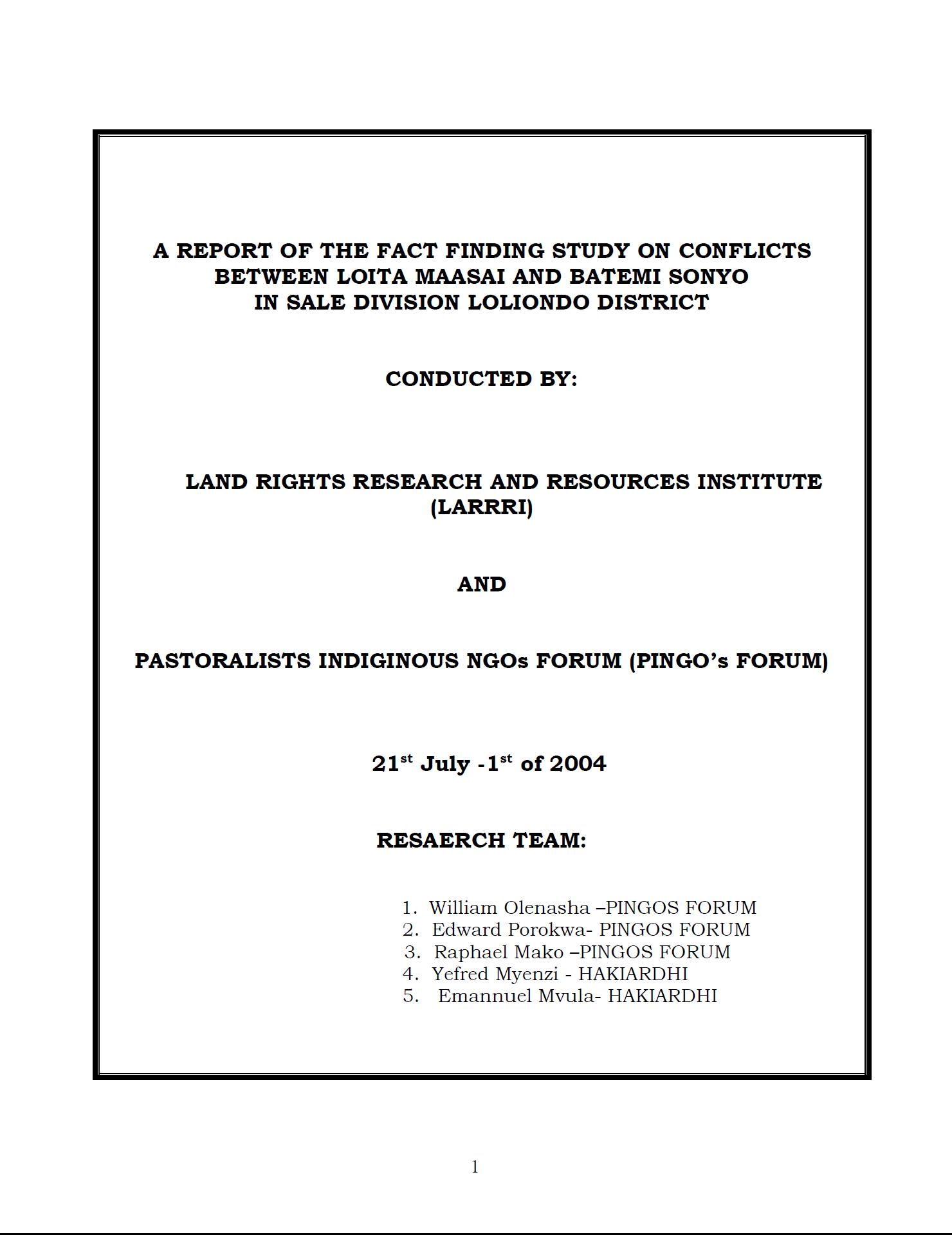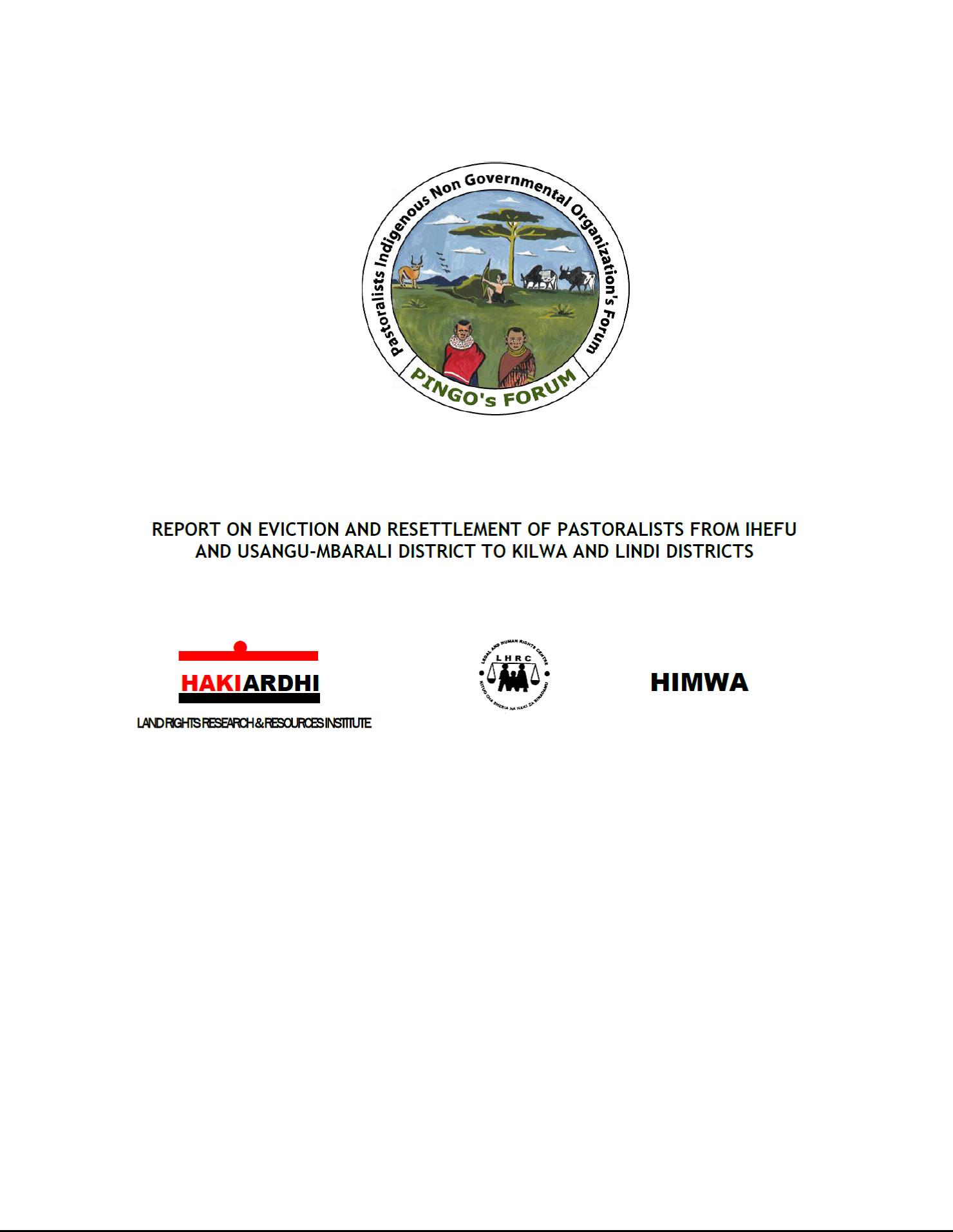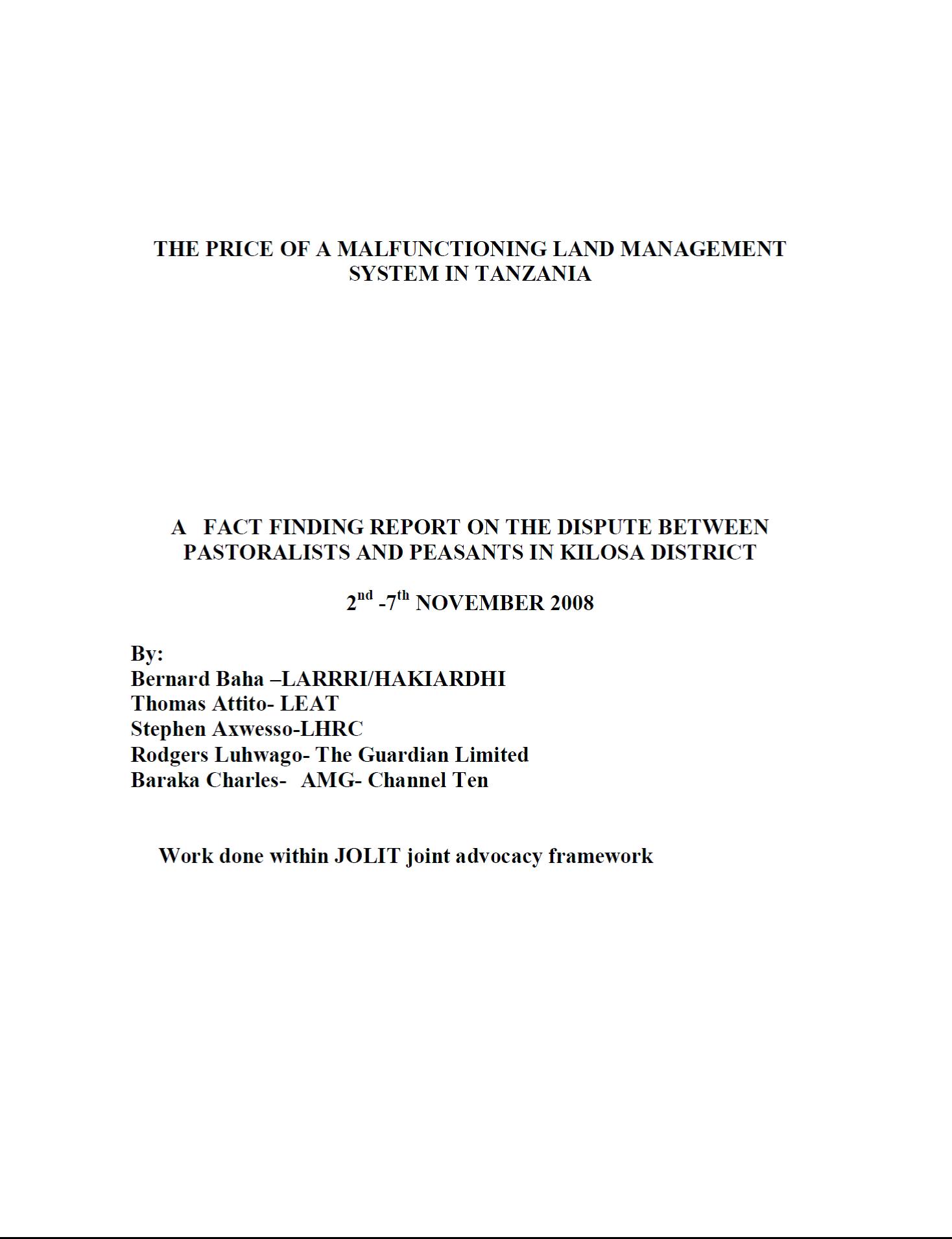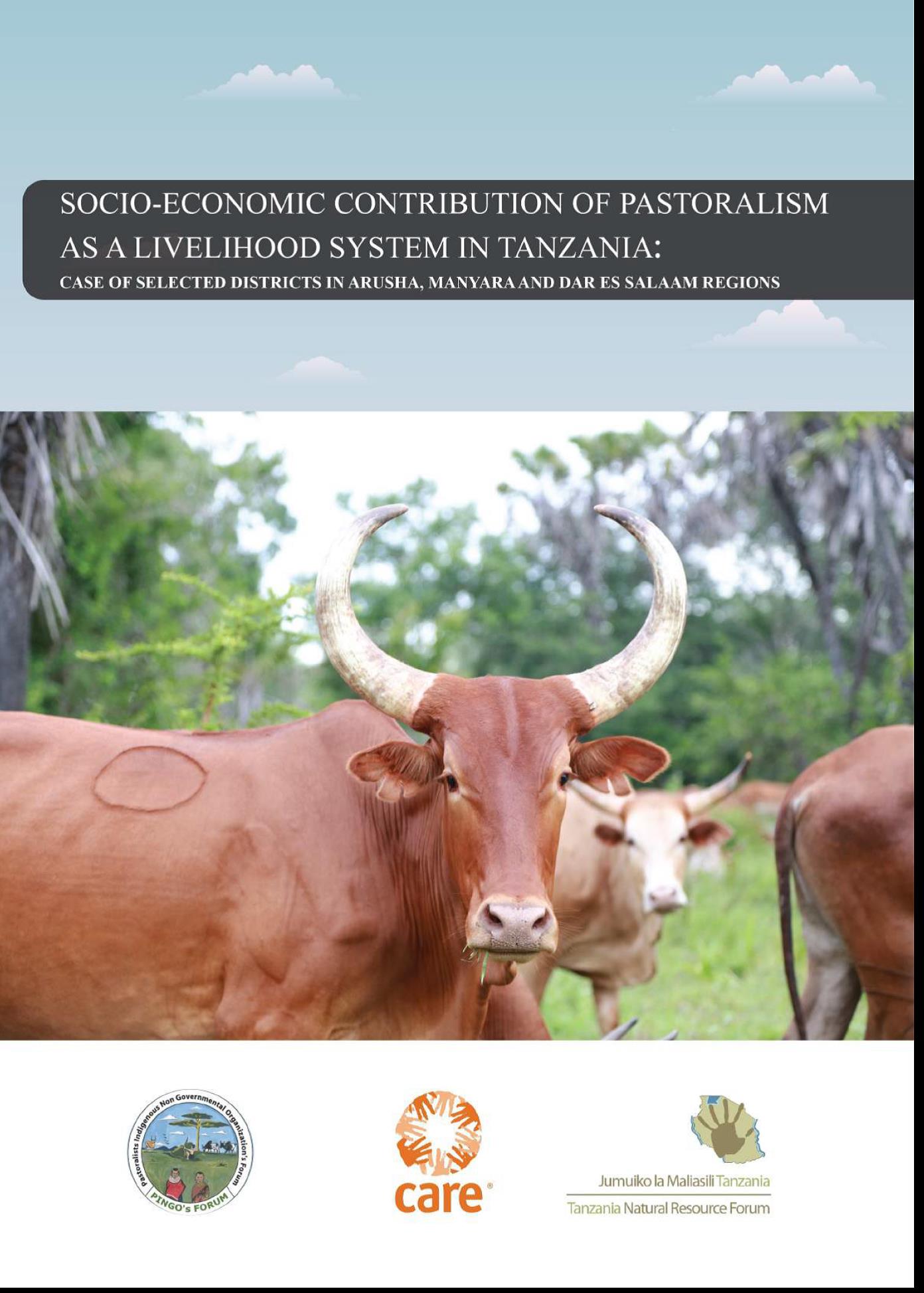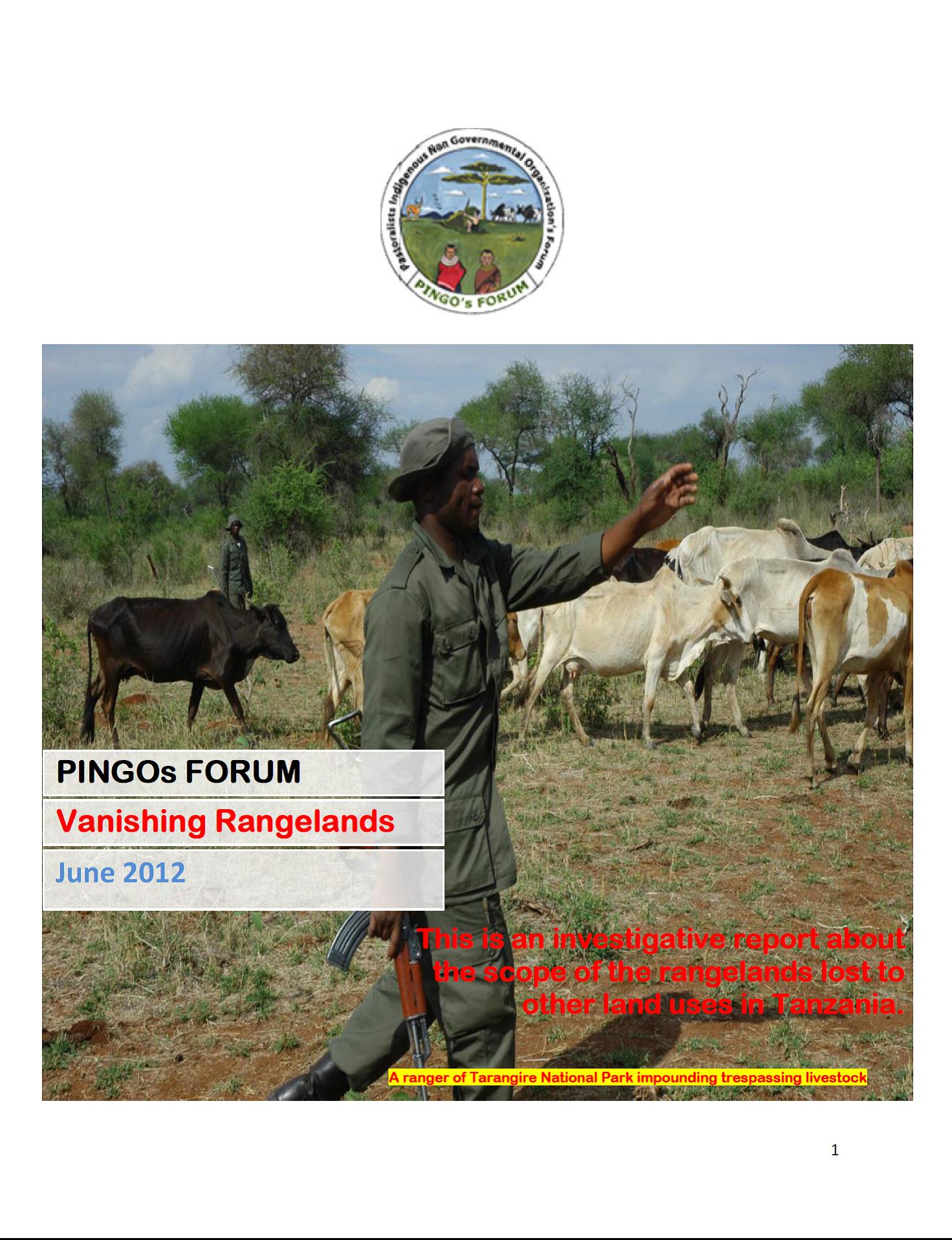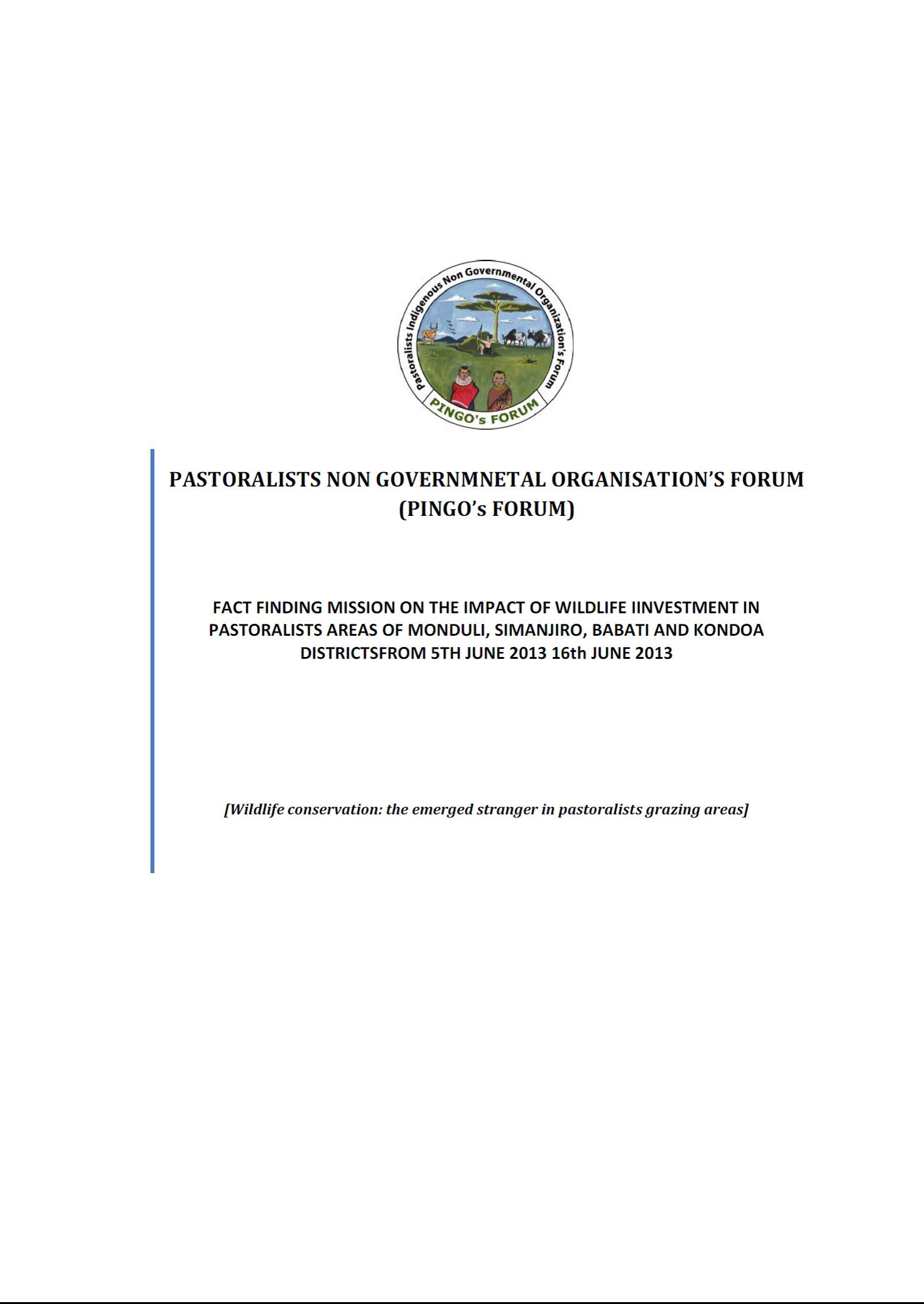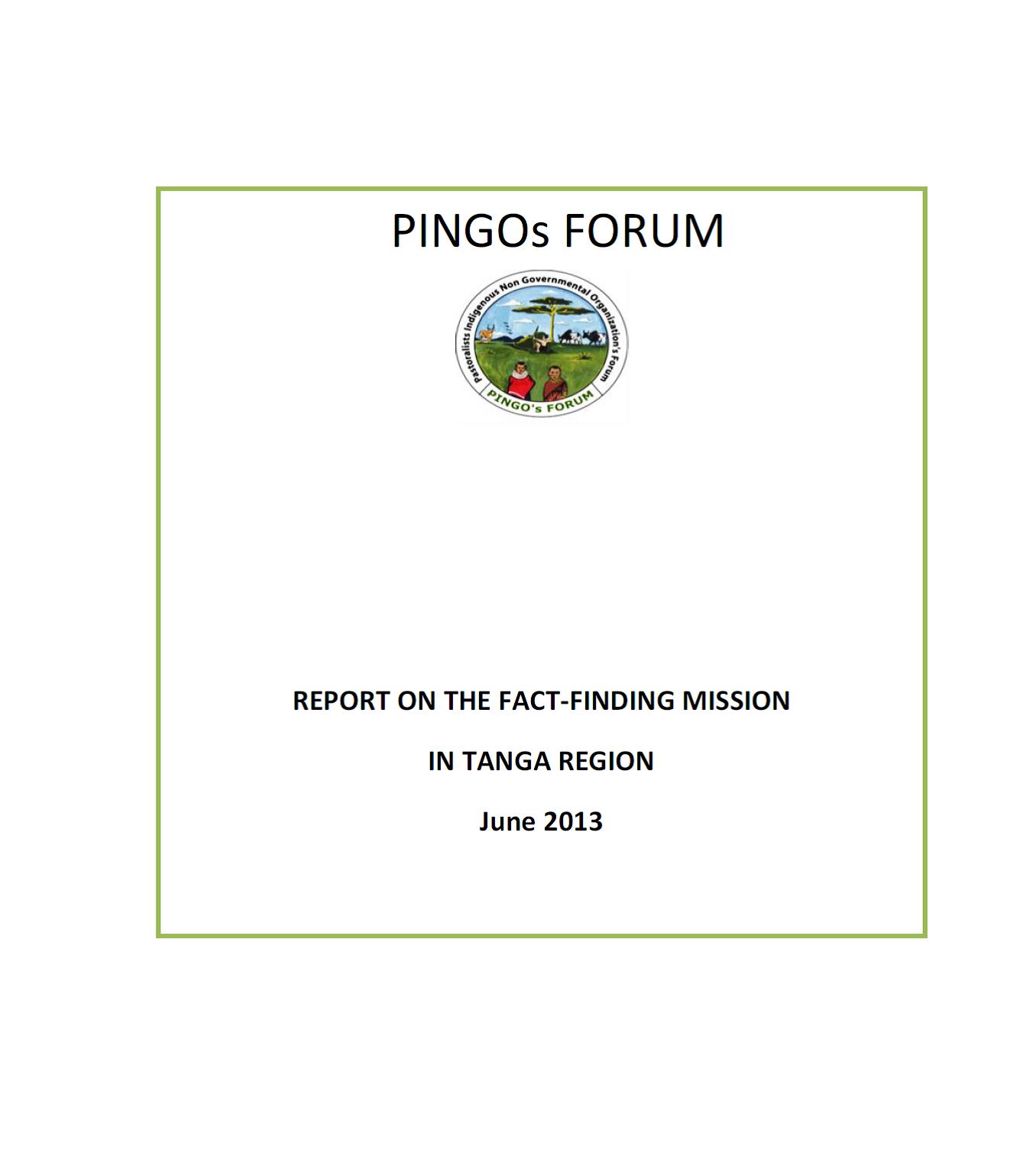Stratégie Algérienne et Plan d’Action National d’Utilisation de la Diversité Biologique
La présente stratégie élaborée, est un ensemble de procédés raisonnés, ordonnés, conceptuels et techniques qui définissent l’organisation de base du développement de la diversité biologique algérienne au sein d’un objectif de croissance économique et sociale.La stratégie est fondée sur des principes qui exploitent l’évaluation des menaces qui pèsent sur la diversité biologique, les perceptions de ses valeurs, sa connaissance, ses valorisations bioéconomiques, par les développements agricole, systémique, ethnobotanique, pharmaceutique, industriel et la mise en place de moyens législatifs, in





